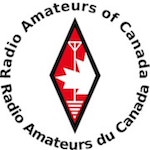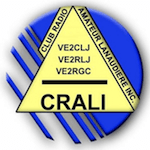HF Antenna Wire

9 strand hard-drawn copper antenna wire (oxidized)
What is better to use for antenna wire: aluminum ground wire, old coax, or stranded #12 or #10 copper?
I have used all successfully, but I wonder about radiation resistance of each at 70' above sandy loam in Alabama. My land slopes about 30' from north to south across 5 acres with dipoles running east to west.
I use double shielded coax for transmission line when operating at high power. I use RG 6 for UHF/VHF and low power HF. The slight mismatch that RG 6 causes is not noticed when I use my antenna analyzer to tune at near ground level (10').
Comments for HF Antenna Wire
|
||
|
||
|
||
|
||
|
||
|
||
|
||
|
||
73 de VE2DPE
Claude Jollet
104-30 avenue des Berges,
Notre-Dame-des-Prairies, Québec, Canada J6E 1M9
QTH Locator: FN36gb
Disclosure
If
you make a purchase via a link on this site, I may receive a small
commission on the transaction, at no extra cost to you. Thank you!
(One word queries work best)
FOUND THIS
SITE
USEFUL?
VE2DPE
Is a member
in good standing
of



Also a proud member of an international community of solopreneurs
using SoloBuildIt!
(SBI!)
to promote my self-published eBooks
since 2005.
See my review
of this unique product for online businesses.
CQ CQ CQ
If you have a question, a comment or a topic you would like me to cover, please do not hesitate to ask here.


